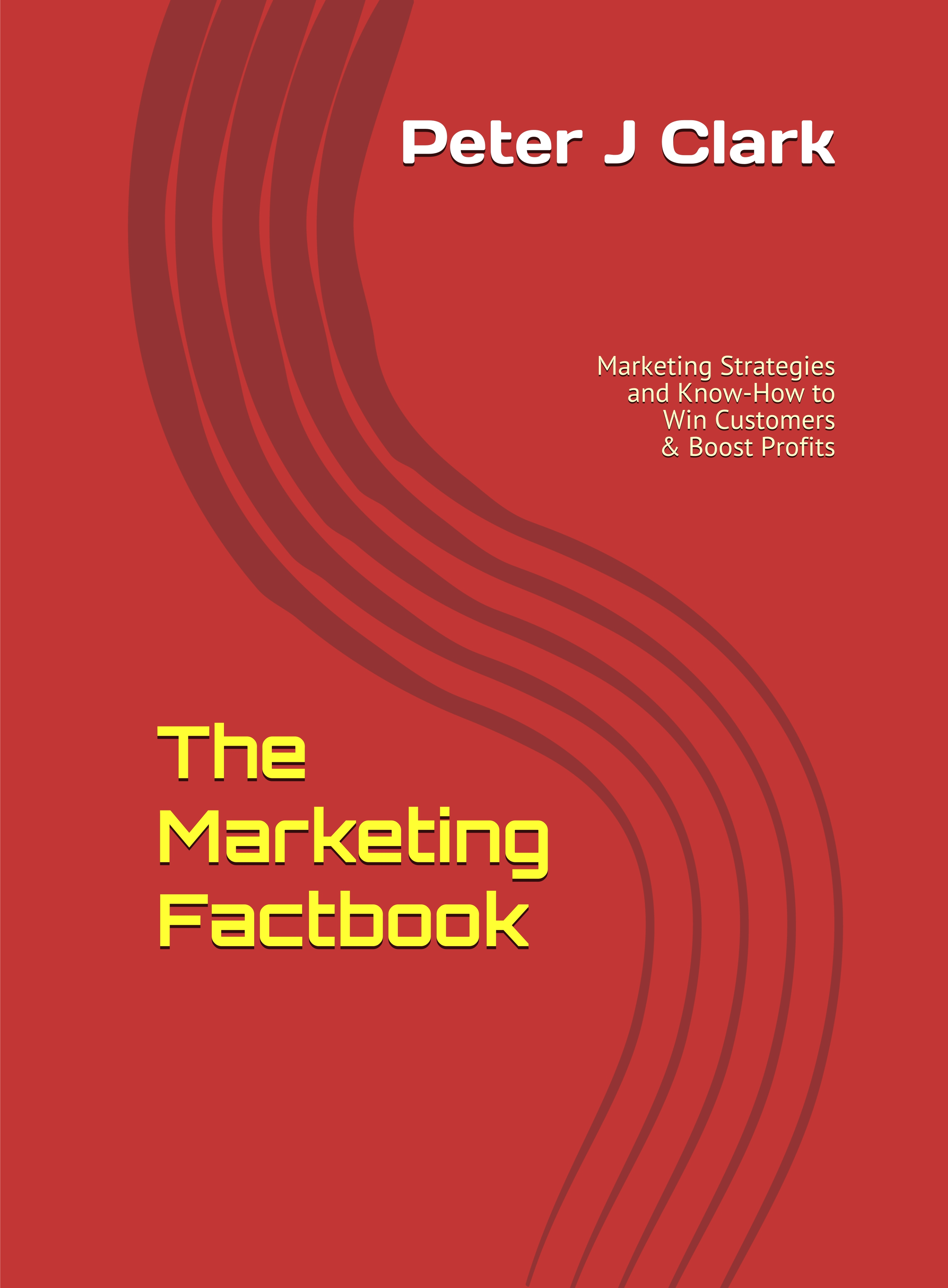How NoSQL can bridge from CMO to CIO
In this era of personalised, cross-channel customer experiences the relationship between CMOs and CIOs is changing. Companies have vast amounts of customer data but without a coherent, cohesive strategy between the CMO and CIO, organisations will struggle to maximise that data to become a truly customer focused business. And this shift in culture can be driven by technology itself - as the rapid adoption of NoSQL by companies such as Netflix, LinkedIn, Sailthru and Twitter reveals.
As Ian White, CTO for Sailthru, explains, shaking off the constraints of legacy database technology and embracing NoSQL can help bridge the gap between IT and Marketing to deliver amazing insights and results.
Today, both the CIO and the CMO share the same fundamental challenge - effective information management. Whether engineering a big data strategy or seeking a single customer view, the objective is the same: making sense of the rapid increase in information, and managing the impact it is having on data storage, assets, and analysis.
Many older technologies, however, are no longer ideal for modern use cases. Most companies are still using SQL-based relational databases to store customer information. And relational databases, now entering their fifth decade, still remain useful for the transactional activities they were designed to support.
But the relational data model - fixed predefined columns joined across many tables - is showing its age, in the face of the explosion of big data and its 'three Vs': Volume, Velocity, and Variety. Each of the three Vs are required to build a robust dataset that spans a complete customer lifetime:
- Volume
There is far more information available than before. Activity on websites, in mobile devices, and in physical locations all tell the story of a customer. - Velocity
A single brand with a customer base in the tens of millions can easily be generating thousands of new data points per second. - Variety
Companies' needs are evolving more quickly than ever before, as new technologies and channels, like the Internet of Things, create new types of customer data.
It's especially that last 'V' where the SQL model really struggles. Often, faced with new requirements, rather than conduct a painful re-architecture of an existing relational database, the CIO is forced to create new databases that meet the new requirements: silos.
But silos create significant overhead in the form of lengthy ETL (Extract, Translate, Load) processes that sync data - leading to delays that impose restrictions on what brands can do with customer information. More fundamentally, relational silos undermine the ability to form a single view of the customer.
The SQL model simply cannot respond to constant change, and places too many constraints on marketers. And in a digital world where customers expect to interact across a range of platforms and demand an instant response, this type of technology is no longer enough.
Bringing it all together
Both CMOs and CIOs need a solid foundation to work together. To make sense of all this customer information they need a technology that can handle diverse data sources, types and structures. NoSQL databases do just that. Not having a pre-defined columnar schema allows for much more flexibility. It becomes possible to ingest new data from new sources without fundamentally refactoring the data model or creating additional tables.
For companies creating a multi-channel customer experience, this flexibility can be critical. CMOs gain the ability to access and analyse data, which they can instantly act upon, whether communicating to customers in real-time or forming the basis through which they can identify trends in customer behaviour in the long-term.
NoSQL databases also are built for scale. Of course, SQL databases can scale with enough care put into the access patterns, but most weren't inherently designed for horizontal distribution across multiple servers or datacentres. Many NoSQL data stores were built for this purpose, so CIOs can store a truly huge amount of data and access it quickly. It also means they can share information across multiple locations, with the integrity of the data intact.
Customer Engagement
Building a user-centric data asset is critical to achieving customer engagement. Consumers' attention spans have diminished, and expectations for customer experience are higher. If a brand doesn't engage with its audience, it will go somewhere else.
The opportunity cost for not using big data isn't easy to calculate, but brands that have used big data report savings of up to 90% in areas such as storage, according to research from eMarketer¹. By using customer data to intelligently know and retain more customers, brands can dramatically increase profitability. In some cases just a 5% jump in retention can net anywhere from 25% - 125% increase in profits.
A very thin line
According to Gartner, by 2017 the CMO will spend more on IT than the CIO - suggesting the traditional boundary between these roles is already blurring. As more data is generated across a number of channels, the importance of gaining a single view of the customer and harnessing all available data across departments will only continue to grow.
"Successful companies will be the ones who get the customer experience right. NoSQL provides the foundation for both technology and marketing, both now and in the future," concluded White.
Sources: Sailthru / The Marketing Factbook.
Copyright © 2015 - 2025 The Marketing Factbook.
Categorised as:
- Customer Experience
- Customer Loyalty
- Knowing The Customer
- Marketing Know-How
- Marketing Technology
